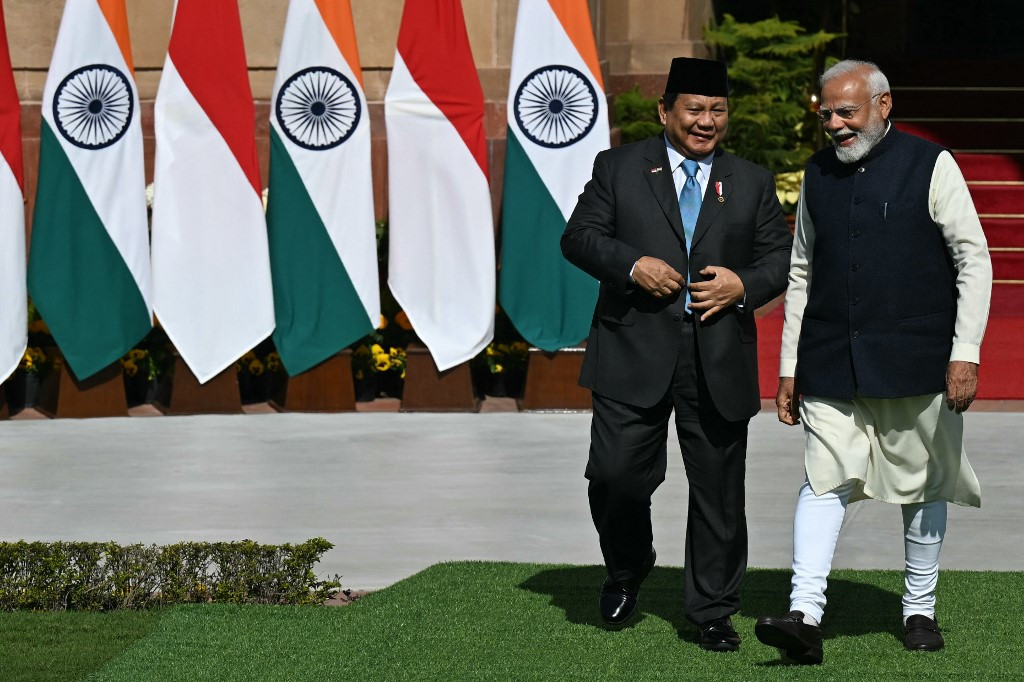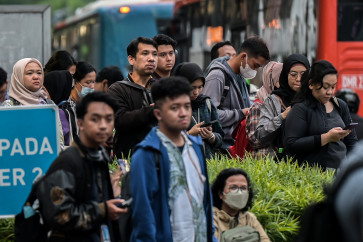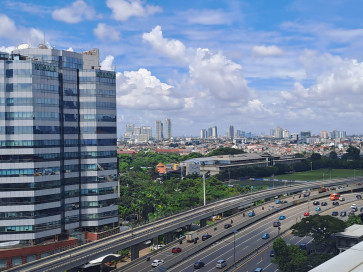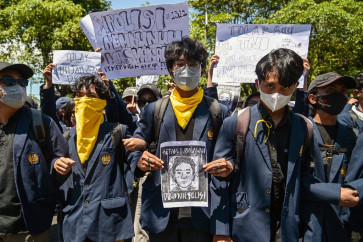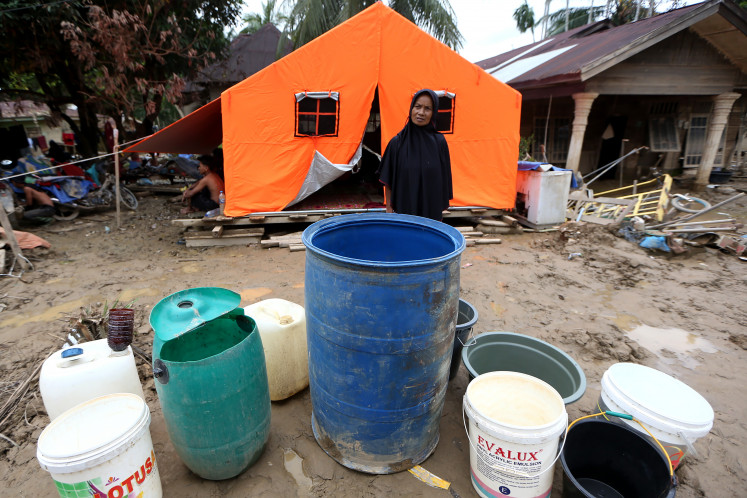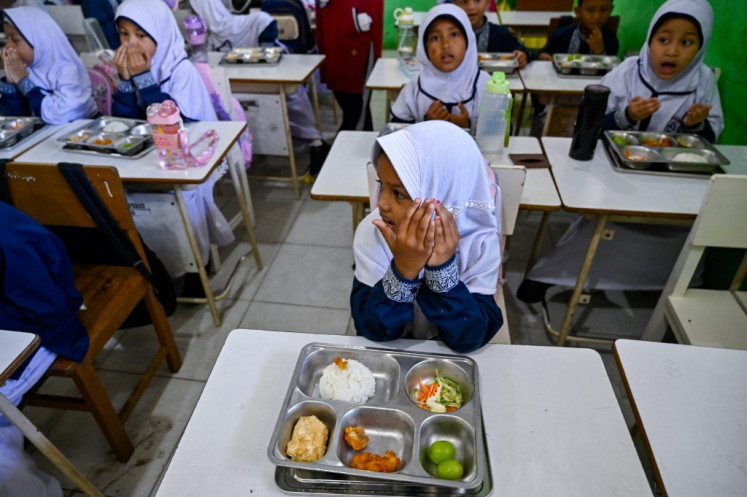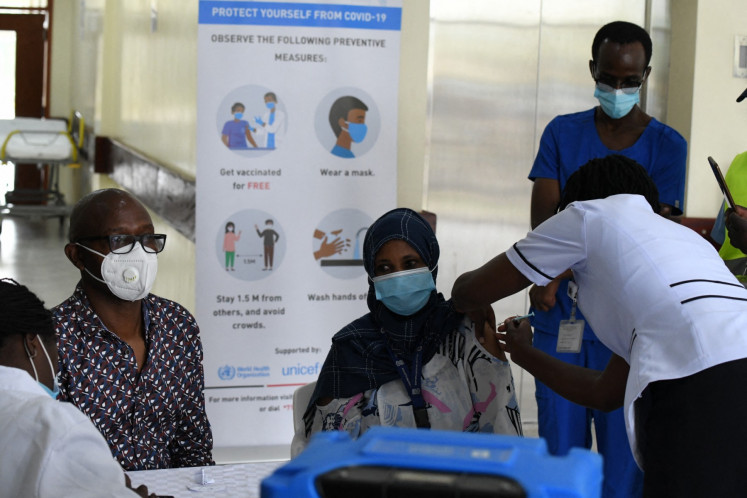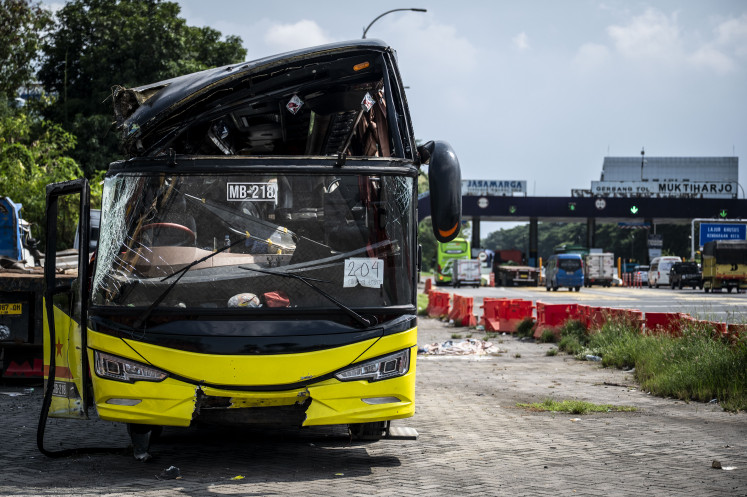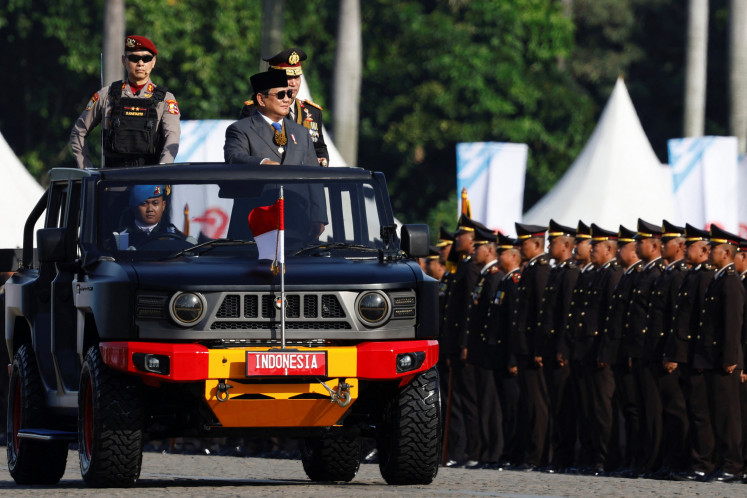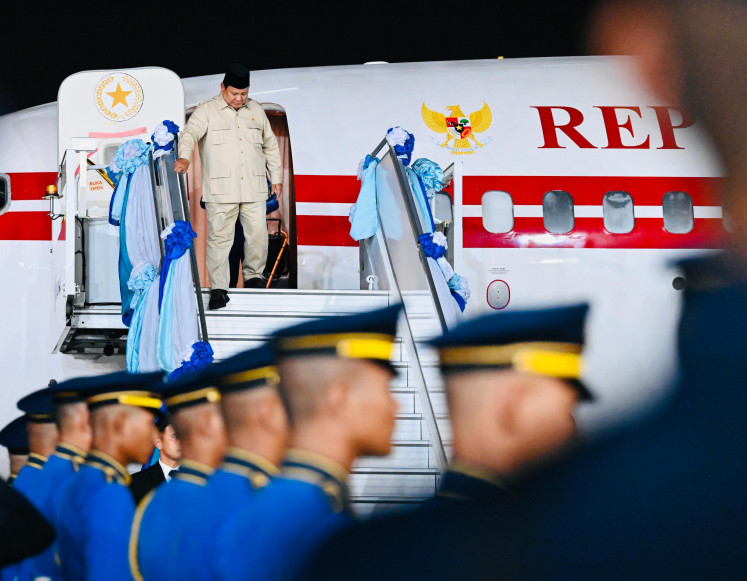Popular Reads
Top Results
Can't find what you're looking for?
View all search resultsPopular Reads
Top Results
Can't find what you're looking for?
View all search resultsIndia–Indonesia partnership: Two flags, one vision
A combination of Indonesia’s rich nickel and critical minerals with India’s manufacturing expertise can build regional green supply chains.
Change text size
Gift Premium Articles
to Anyone
I
n a world dealing with uncertainty, where tariffs rise, supply chains shift and global trade rules are redrawn, there is something deeply reassuring about the friendship between India and Indonesia. It’s a partnership rooted not just in shared history, but in shared aspirations. And now, it’s time to take this friendship to a new level: One defined by imagination, resilience and opportunity.
As Donald Trump returned to the global economic stage with sweeping new tariffs, many countries are understandably cautious. India and Indonesia are both affected by the steep Trump tariffs, which are up to 50 percent on Indian goods and 19 percent on Indonesian exports. While the impact is sharp and sectoral for India, Indonesia suffers broader economic strain, currency depreciation and job losses. However for both these nations, this evolving economic climate opens a unique window of a closer and a more meaningful bilateral partnership.
Currently, India and Indonesia trade nearly US$30 billion, short of the $50 billion goal set for 2025, but the potential is far greater than numbers alone. Both countries are vibrant, youthful democracies with similar goals: Improving lives, fostering self-reliance, embracing digital innovation, empowering youth and strengthening healthcare and education.
Expanding trade within the Global South is no longer just a good idea, rather, it is essential. For decades, countries like ours traded far more with the Global North than with each other. But that’s changing. The world is moving toward multipolarity, and India–Indonesia ties can serve as a model for how two developing nations can trade not just goods, but shared futures.
Momentum is building now. Currently, both countries are reviewing the ASEAN–India Trade in Goods Agreement (AITIGA) to make it more ambitious, inclusive and relevant. With strong political will, this review can simplify rules, remove barriers and expand concessions, unleashing trade’s full potential. In fact, there is a buzz that if the AITIGA review is productive, then India and Indonesia can even negotiate a bilateral trade agreement.
A big future lies in sectors shaping tomorrow’s economies. Electric vehicle (EV) partnerships are gaining steam, combining Indonesia’s rich nickel and critical minerals with India’s manufacturing expertise to build regional green supply chains.
Healthcare and education are emerging as powerful pillars of the partnership. Leading Indian hospital groups like Apollo are actively exploring collaborations with Indonesian counterparts such as Mayapada, aiming to expand access to high-quality, affordable care through models like telemedicine and joint ventures. With healthcare costs in India up to five times lower than global averages, these partnerships could significantly ease the financial burden on Indonesian families.
The pharmaceutical sector, too, holds immense promise. Several Indian companies are already moving forward with investment plans, underscoring growing confidence in the market.
Even premier Indian institutions, such as IIMs and IITs are considering campuses in Indonesia. Bringing these Indian educational institutions to Indonesia will help skill development and innovation, and help grow long-term economic and cultural ties between the two countries. An Indian Tech Zone being planned at Jababeka can be a game changer in showcasing Indian technology for Indonesian applications.
Financial and digital cooperation is also accelerating. With near-finalized UPI and QRIS payment interoperability and the local currency settlement mechanism (INR–IDR) coming into place, transaction costs will drop, benefiting small businesses, reducing dollar dependency and boosting resilience.
Agriculture, too, holds tremendous promise. Indian agricultural products such as pomegranates, rice and spices continue to witness strong demand in Indonesia; however, non-tariff barriers, particularly certification and regulatory hurdles, often limit their market access. Streamlining these processes would not only enhance food security in Indonesia but also create valuable opportunities for Indian farmers and agri-exporters.
Tourism is another key frontier. Collaborative restoration of cultural gems like the Prambanan Temple, which is a UNESCO World Heritage Site and symbol of ancient links with India, will help diversify Indonesian tourism beyond Bali and showcase shared histories.
Indonesia’s reputation for exceptional service quality is more than well-earned; it’s a strategic advantage. For Indian companies looking to elevate customer experience and operational efficiency, there is much to gain from Indonesia’s mature, innovation-driven service ecosystem. This growing flow of capital and ideas is not one-sided; it’s mutually enriching.
Indonesian brands like Mayora and Kopi Kenangan have already made inroads into the Indian market, and even Indonesian conglomerates such as APP, Kapal Api and the Sinarmas Group are actively exploring investment opportunities across India, drawn by the country’s vast consumer base and growth momentum.
But this partnership goes beyond trade between the two nations. In our home, for example, August is a special month. India celebrates its Independence Day on Aug. 15, and Indonesia follows just two days later. My children, who hold Indian passports are both raised here, proudly wave both flags, singing “Jana Gana Mana” at home and dancing to “Hari Merdeka” and reciting the "Pancasila" at school. They speak Indonesian fluently and know Indian rituals by heart.
They don’t see contradictions, they see connections. Watching them reminds me that this relationship isn’t just real; it’s personal. It’s natural. And it’s full of promise. India and Indonesia are not just trade partners, they are cultural allies and co-creators of a shared destiny.
Indian companies investing in Indonesian smelters, Indonesian students studying in India, the stories are multiplying, weaving economic and emotional bonds that will last. There’s more work ahead. The ASEAN–India Trade in Goods Agreement (AITIGA) review must be bold, cutting red tape, addressing trade imbalances and opening doors for farmers, MSMEs, students and travelers alike. Local currency trade should be a priority to deepen financial cooperation.
The direction is clear, and the momentum, we hope, is going to be unstoppable going forward.
When my children shout “Merdeka!” and “Jai Hind!” with equal pride, I don’t correct them; I celebrate them. They aren’t confused, they are a living bridge between nations. This partnership is no longer just policy; it’s powerful, and full of promise. Two flags, one future: Mitra selamanya, partners forever.
---
The writer is a senior correspondent for Dealstreet Asia.

